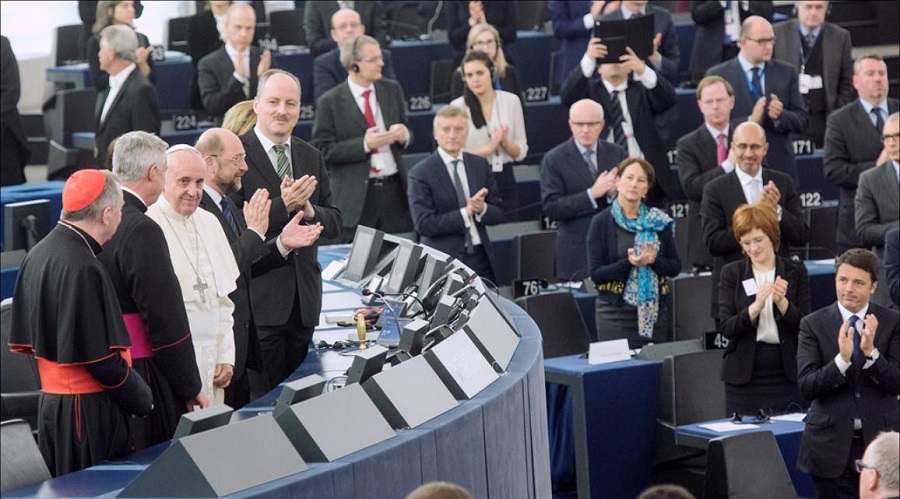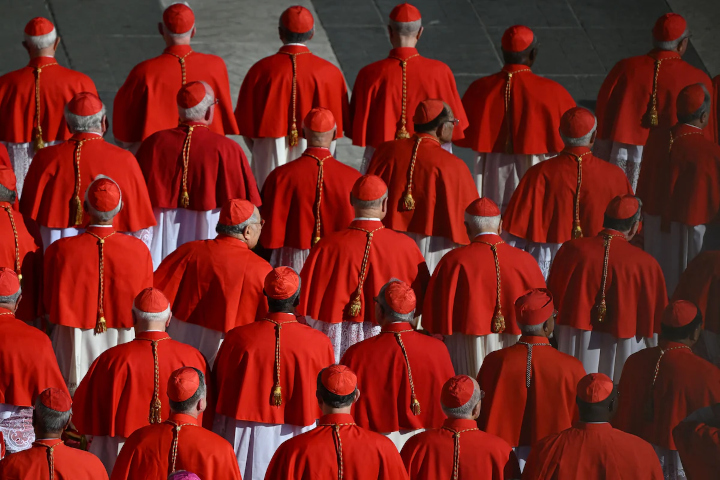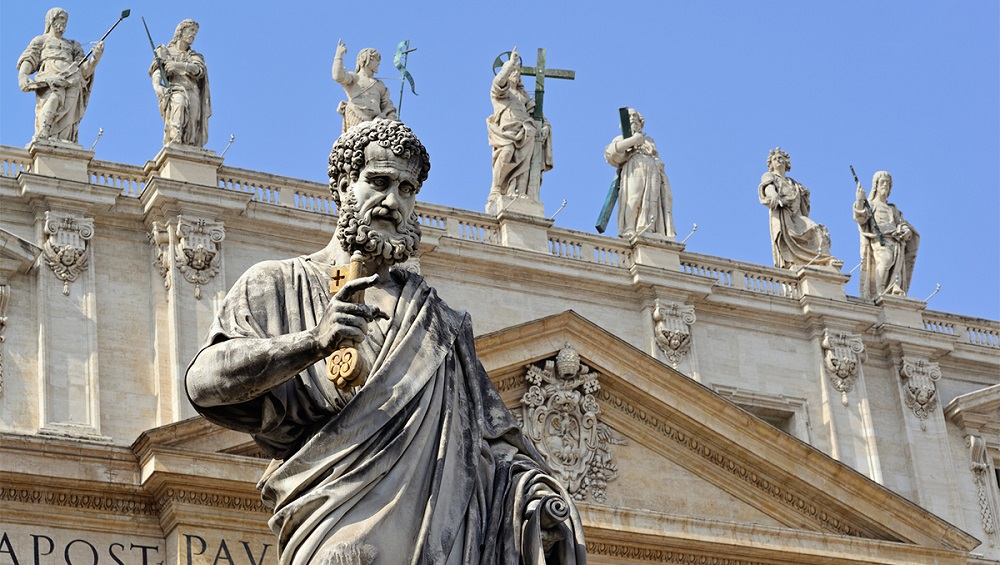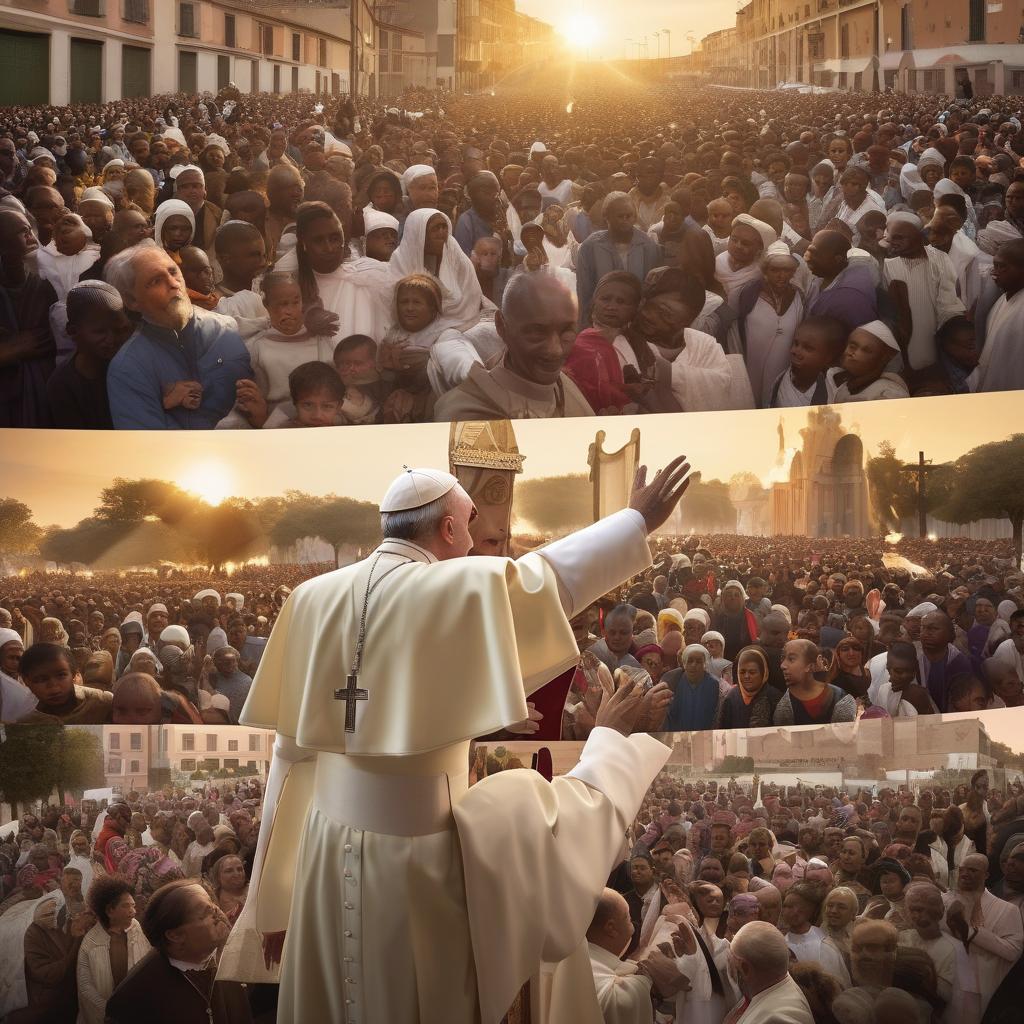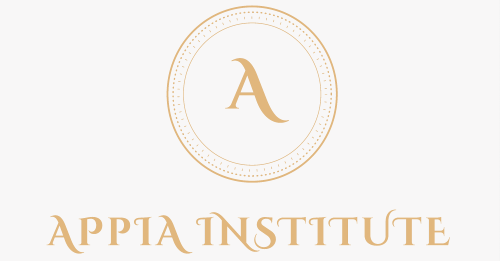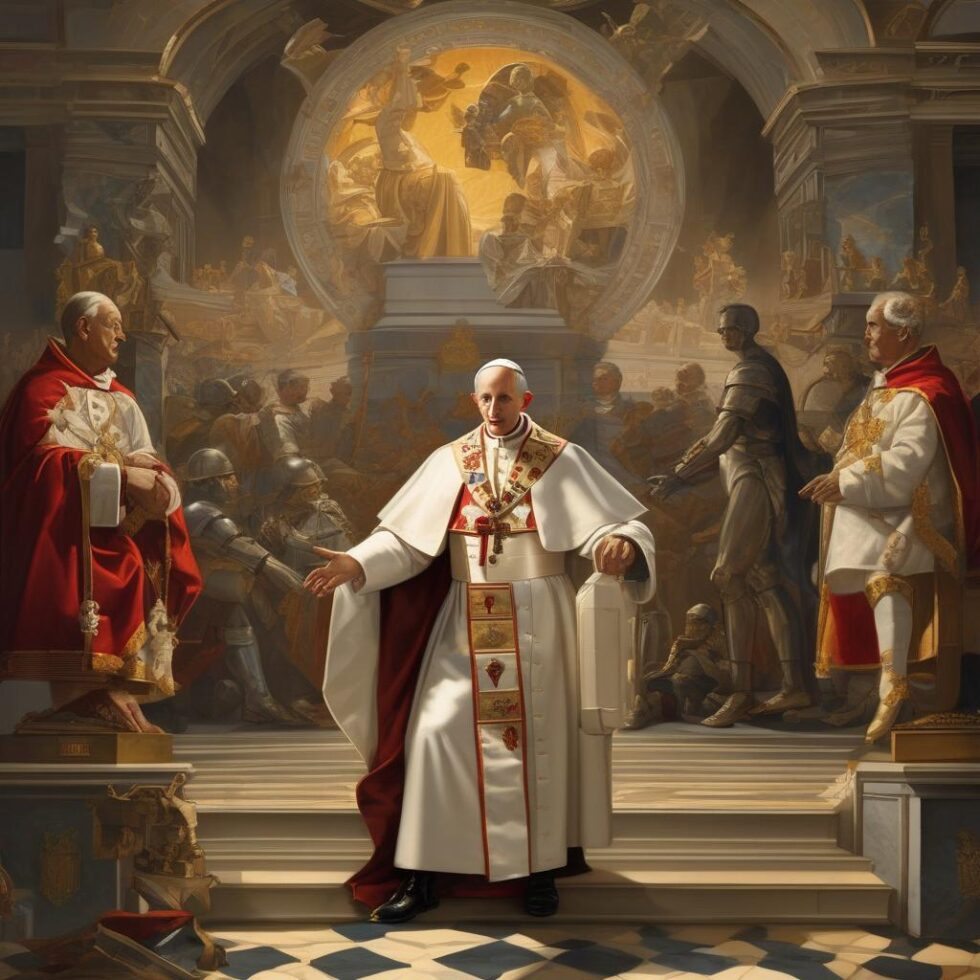
The May 11 trade agreement between the US and China was beneficial for calming the markets, which were edgy about a massive tariff war that could upset the global economy. It was also important as it established a mechanism for constant exchanges to keep bilateral tensions in check and avoid sudden disruptive explosions.
However, behind the easy coat of paint, the US and China remain divided on trade and many fundamental issues, each of which could rapidly lead to war or escalate tensions on the many open fronts in the world.
Presently, the world is split on these issues because of the US’s divisive policies, unlike the first Cold War when almost every nation was aligned with an alliance, and those who tried to straddle between the two were “not aligned.” On some matters, certain countries may lean towards China, while others side with the US, or vice versa, although there is some broad sense of belonging. Things could change if the US or China were to adopt different postures.
Here are some quick notes just as a small reminder of the dangers and complications of this new ‘Cold War’ that differ from the previous one.
- Ideology, almost like the USSR. It’s an old framework with a commercial twist (the US and USSR markets remained separate during the Cold War). A closed political decision-making process impacts the markets differently from an open society. An autocrat can decide suddenly, without going through open debates, and his friends can profit from knowing things in advance and manipulating the markets. The USSR didn’t have it as it didn’t have real markets. China is conversely embedded in the global economy.
- Civilization. Huntington raised the subject, but it is far more practical than he observed. There are different ways of dealing with international affairs and issues; there is a different mindset. For instance, what is the world’s responsibility? Does a superpower have the responsibility to maintain a global order (Western vision), or do smaller countries need to behave responsibly when dealing with big power (Chinese vision)?)
- Trade-economy. These include the RMB’s full convertibility, open markets, and workforce salaries impacting the entire Chinese social dynamic. This is the area being discussed now, but it is also influenced by the points above.
- Geopolitics. This encompasses regional and global ambitions from the US, China, and all other countries. War in Ukraine, the Middle East, or between India and Pakistan are part of the general conflict.
These elements are complicated by the short circuits created by crossing different wires. For instance, tariffs for the US become vital— a matter of life or death—because China has industrialized. At the same time, the US has deindustrialized, and the two countries have become hostile towards one another. However, industry is essential to fight a war: the US can’t fire bullets against China and have China sell the US its bullets. Trade then impacts geopolitical ambitions, which have to do with the cultural mindset and political aspirations.
This short-circuit and urgency also provides a timeframe. America needs reindustrialization before Beijing becomes the total world factory and gains a significant technological edge.
This translates into four additional challenges.
- Technologies – monopolizing and excluding others for fear of dual use. The new AI can be a new frontier by itself and an accelerator of all existing technologies.
- Infrastructures – improving them to grant long-term returns and productivity improvements.
- Energy production – including fossil fuels, nuclear energy, renewables – solar, wind, nuclear power plants, etc.
- Military. Combat capabilities.
If Pope Leo wants to work for peace, he needs to have a clear picture of all this, and perhaps he could play a fundamental role.
It is different from World War II when the Vatican was in the territory of one of the warring states, and it is different from the Cold War, when the Soviet Union did not want to have relations with the Holy See. The Vatican has an American pope with a special bond with the US and an ongoing dialogue with China. This could give the Holy See a space, unlike the one it had during the Cold War.





